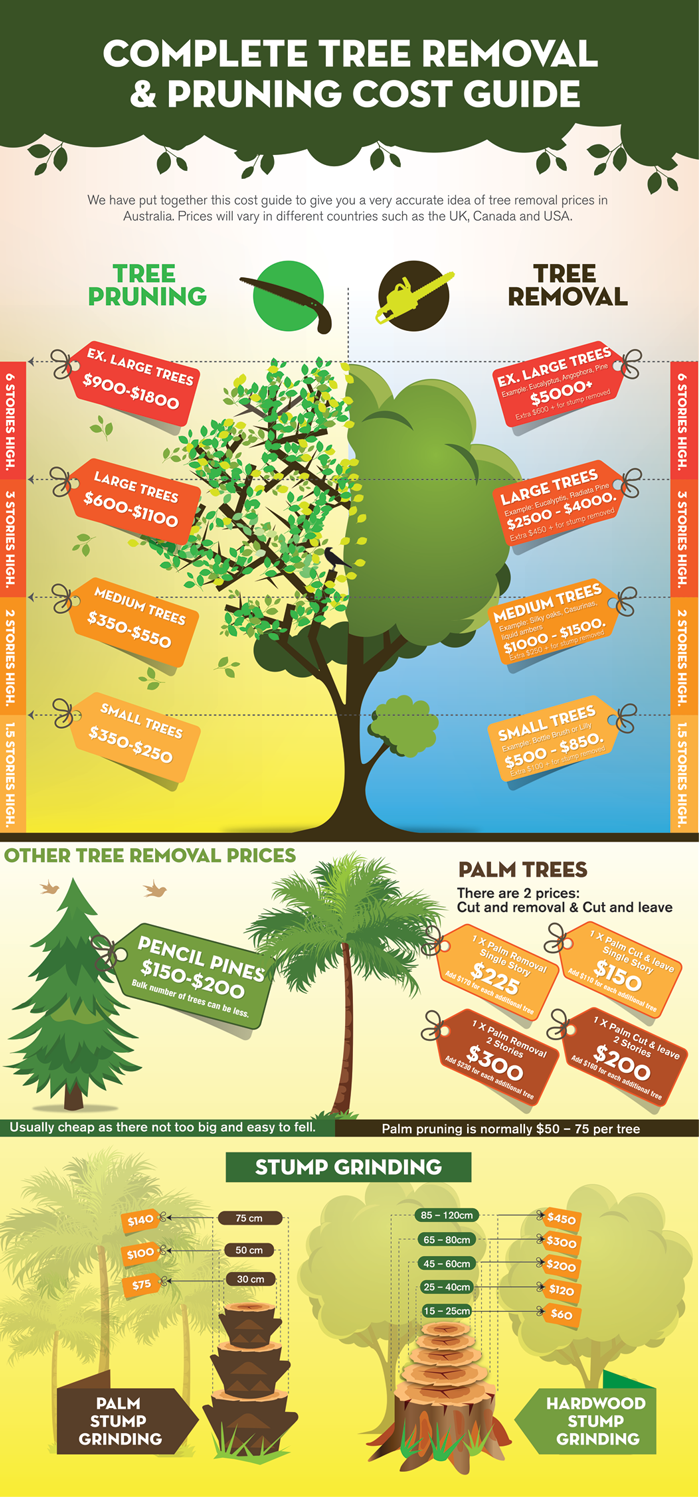Signs It's Time To Eliminate A Tree - A House Owner'S Guide
Signs It's Time To Eliminate A Tree - A House Owner'S Guide
Blog Article
Developed By-Mcmahon Abrahamsen
Trees add beauty and value to residential or commercial property, yet they can also present a risk during severe weather events. If a tree has stopped growing, is exhibiting noticeable fungal growth, or has a leaning trunk, it should be removed by a professional to stay clear of home damage and injury.
For more information, go to a home owner resource reasonable co-hosted by HPD, the Facility for New York City Neighborhoods, and Brooklyn-based real estate companions this night in Bedford-Stuyvesant. The event will certainly feature the Property owner Manual, a brand-new guide to assist home owners navigate the obligations of having a home.
1. Dead or Dying Branches
Trees are an essential part of your home's landscape, providing color and charm. They additionally provide sanctuary for wild animals and produce oxygen, however also healthy trees can experience health problems that may necessitate their elimination. Dead or passing away trees aren't just undesirable, they can be harmful. Their branches might fall during a storm, leading to costly home damages and injuries.
When https://thinkrealty.com/4-budget-friendly-ideas-boost-curb-appeal/ begin to pass away, it indicates that its framework is beginning to break down. If most of its branches are dead, it is likely time to remove it.
Seek a lack of brand-new development, bark peeling, open injuries or dental caries, fungis expanding on the trunk or roots and a general look of degeneration in the whole canopy. garden maintenance services of infection can suggest a severe problem that will need specialist tree services to resolve.
2. Leaning Trunk
While it's normal for trees to lean every so often as a result of phototropism, if a tree has a harmful or serious lean that's not because of natural processes - it could be an indication that the tree needs to be gotten rid of. If the tree is leaning toward a high-voltage line, home, lorry, play framework or any other location that could be hazardous to individuals if it drops, after that contacting a professional tree solution for elimination ought to be a leading concern.
It's additionally crucial to look for any type of sudden changes in a tree's leaning as it can suggest damages to the origins or trunk that may bring about dropping. This is specifically real during thundercloud, since high winds and rain-soaked dirt can trigger a lean to alter rapidly. Normal monitoring, specifically throughout and after storms can help property owners recognize potential issues with their trees so they can call an arborist for a detailed evaluation.
3. Bug Problem
Some pest problems, such as wood-boring bugs like emerald ash borer or sap-suckers like scale pests, are so extreme that they can cause a tree to die. The very best method to stop pest invasion is to check your trees on a regular basis. Seek areas, holes, or discolorations in the leaves and bark. Analyze the trunk for cracks and indications of insect damages, such as tunnels or tracks.
If a tree ends up being as well ravaged with insects, or is close to a home or power lines, an arborist might recommend removal. If https://how-to-get-rid-of-tree-st39517.dailyblogzz.com/29862423/safeguarding-your-landscape-replanting-after-tree-elimination leaning tree creates a new, unstable lean, an arborist will likely recommend removal too to ensure the safety and security of individuals and residential or commercial property. If a damaged or dead tree consistently sheds excessive branches, it is an indicator that it is time to remove the tree. If a tree remains to lose branches for a prolonged time period, it might cause architectural issues and potential residential property damages.
4. Damaged Trunk
Trees are a beautiful and important part of our landscape, however they do require routine care to maintain them healthy and safe. If a tree is harmed beyond repair it is likely time for it ahead down.
Look for signs of damage to the trunk, including vertical splits, joints, dead branch stubs, noticeable injuries or open tooth cavities and extreme tree-rot. The visibility of fungi at the base of the trunk is one more advising sign. Fungis may show that the phloem and xylem (life-support cells) are jeopardized, allowing for the spread of illness or a future failing.
Also, think about whether the tree has stopped expanding. Healthy and balanced trees will certainly have new development annually, which may show up as buds or branches sprouting and expanding. If you don't see any brand-new growth, it's a good idea to have an arborist evaluate the tree and follow their recommendation for removal. A dying or harmed tree can fall and cause home damages.